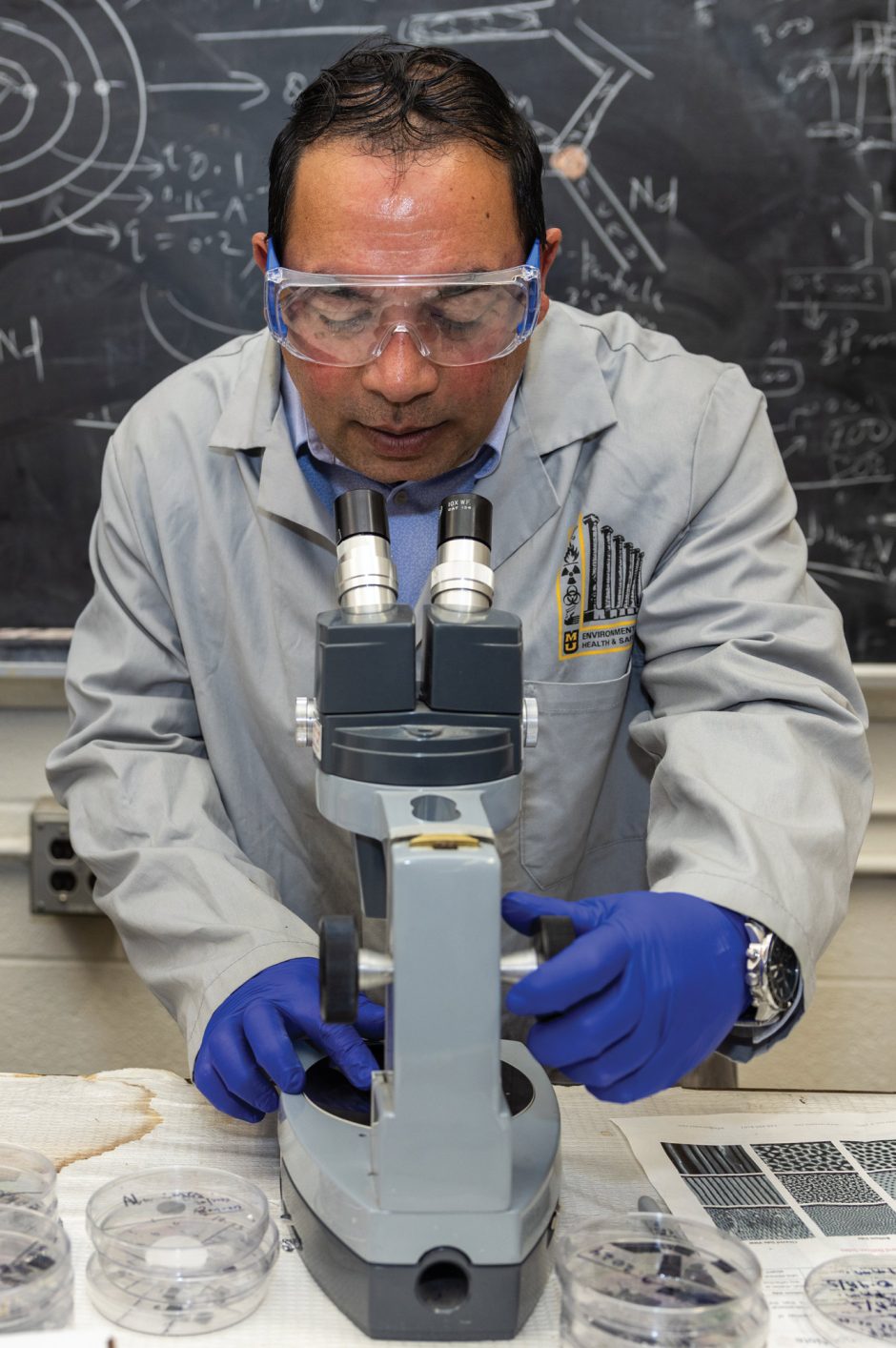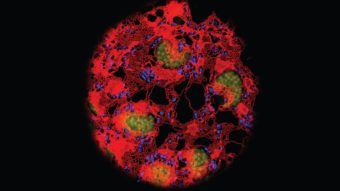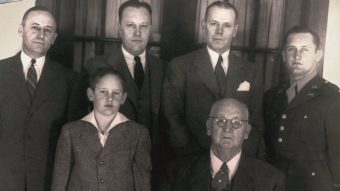
Published on Show Me Mizzou April 24, 2025
Story by Chris Blose, MA ’04
In the world of quantum physics at nanoscale, new phenomena are invisible to the naked eye and even most run-of-the-mill microscopes. But that doesn’t mean their implications are small.
Such is the case for a new quasiparticle discovered by Mizzou researchers Deepak Singh and Carsten Ullrich, along with a highly involved team of postdoctoral students including Jiasen Guo and Daniel Hill and collaborators at Oak Ridge National Laboratory. Their discovery — funded in part by the U.S. Department of Energy — affects what physicists know about magnetism and may influence the future of energy and electronics.
Unlike fundamental particles such as electrons and photons, quasiparticles are not distinct entities on their own. Rather, they arise from the collective behavior of other particles. Ullrich offers an analogy: “A body of water is made up of many gazillions of water molecules. But at times they come together and form structures that are larger and have particular behavior — whirlpools and eddies, for example. We are interested in studying the properties of those larger structures that arise from the small molecules coming together and doing something collectively.”
The team surveyed the quasiparticle in multiple environments. “We observed exactly the same behavior, the same peculiar dynamics of this fast-moving quasiparticle,” Singh says. “It can be observed in any magnetic material. As long as it’s a very narrow constricted structure, this behavior can be detected.”
The next steps for this research are further observation and replication by the Mizzou team and, hopefully, other physicists. “If we can understand and control it, it does have potential for a field like spintronics,” Singh says, referring to an emerging alternative to electronics with the promise to drastically reduce power consumption for everything from high-level computing to the smartphones everyone carries in their pockets. “But first things first, we are physicists. We want to understand it.”
To read more articles like this, become a Mizzou Alumni Association member and receive MIZZOU magazine in your mailbox. Click here to join.



